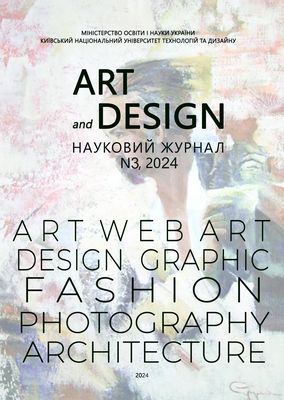The THE ROLE OF INTERACTIVITY IN VISUAL COMMUNICATION DESIGN
DOI:
https://doi.org/10.30857/2617-0272.2024.3.13Keywords:
Interaction , Visual communication design, User Engagement , User experience (UX) , Qualitative Research, Interactive design, Information RetentionAbstract
The primary purpose of this paper is to explore the role and impact of interactivity in visual communication design. This study aims to understand how interactive elements enhance the effectiveness of visual communication, improve user engagement, and contribute to the evolution of design practices. The paper seeks to analyze the advantages and challenges associated with interactive design and propose future directions for integrating interactivity into visual communication. This study employs a mixed-methods approach, combining a literature review, qualitative interviews with design professionals, and quantitative surveys to analyze the impact and effectiveness of interactivity in visual communication design. The study found that interactive design elements significantly enhance user engagement by providing a more immersive and participatory experience. Users exhibited better retention and comprehension of information presented through interactive visuals compared to static designs, and survey results indicated a strong preference for interactive elements, with higher satisfaction and enjoyment reported. However, the research also identified challenges such as technical difficulties, increased development costs, and the need for specialized skills in implementing interactive designs.

